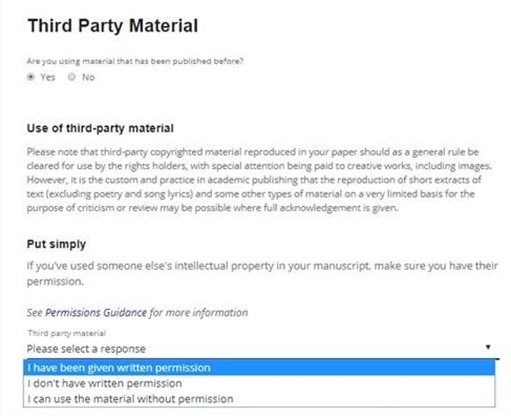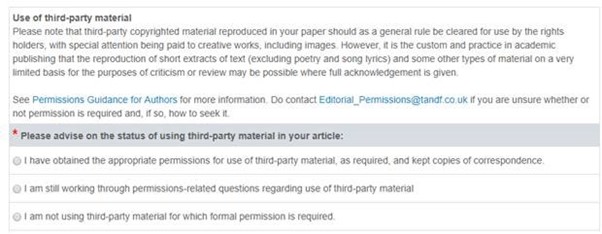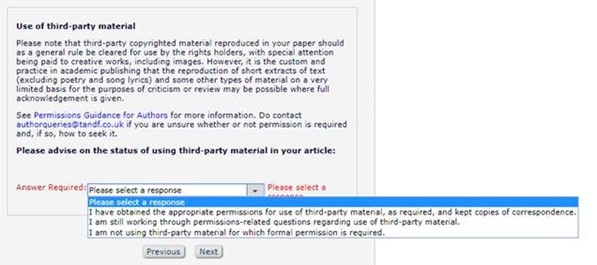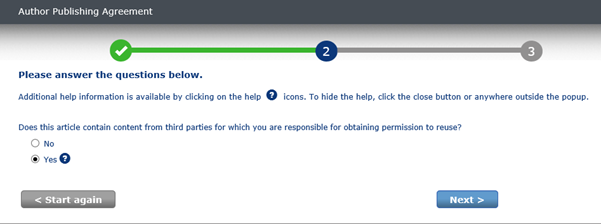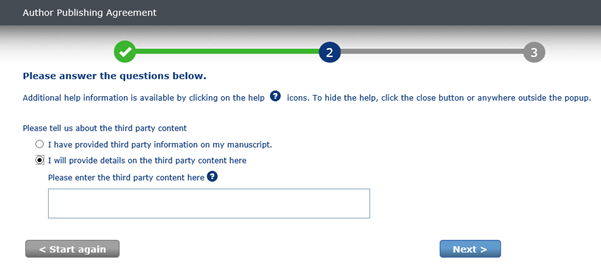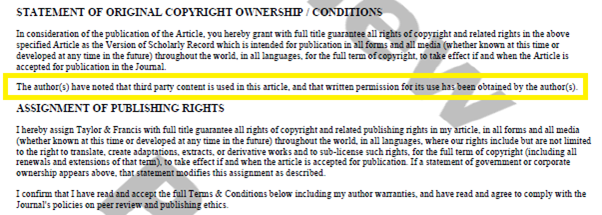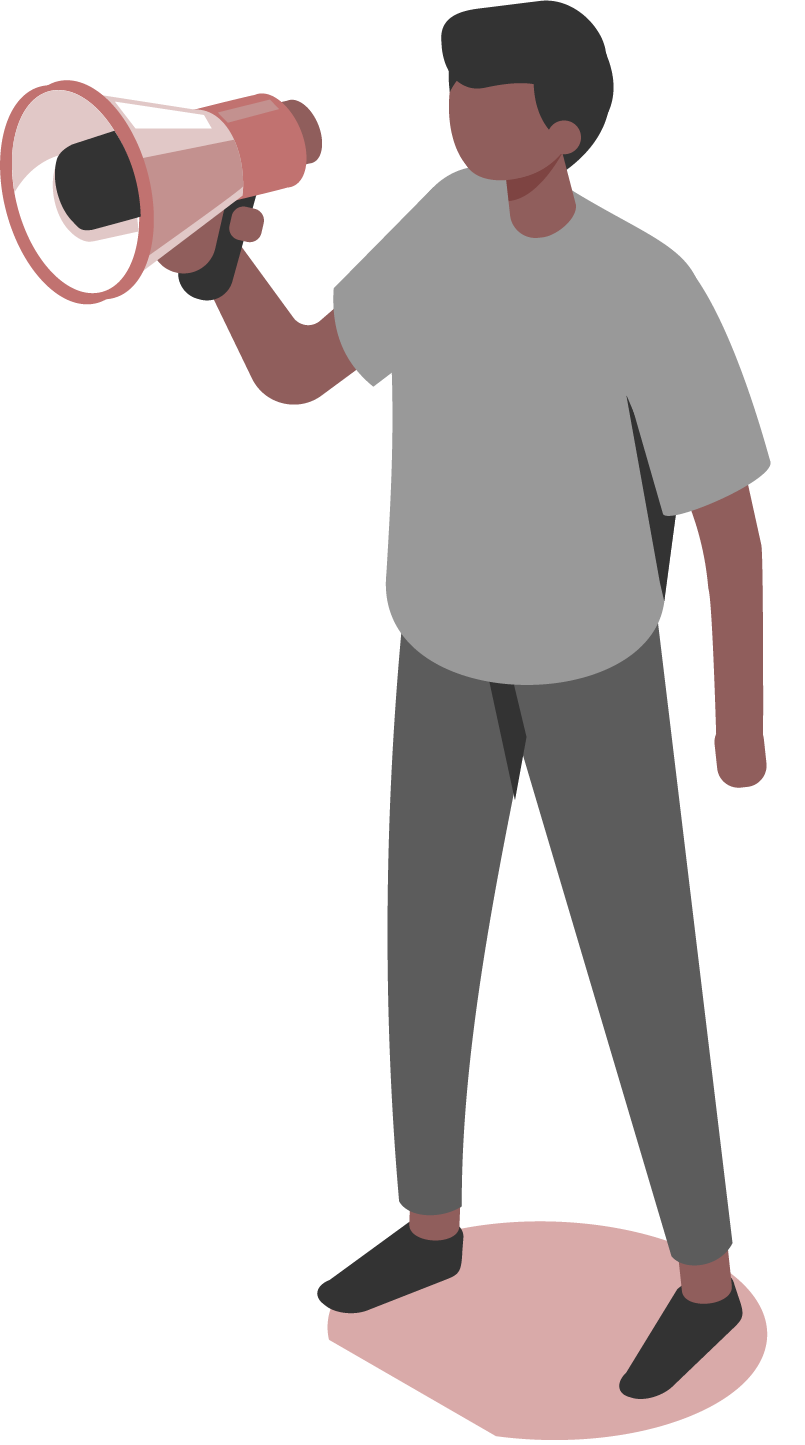| Type | Explanation |
|---|---|
| Reproduction | When a figure, section or piece of a table is published in the same form as its original publication. To reproduce a figure, section or table, permission must be obtained; you should check who owns the rights for the original content and clear permission. |
| Adaptation | When a figure has been modified by adding or taking away information. This also requires that permission is obtained. However, if an author has taken some data or information from a table in an original work and then used that data in conjunction with their own in a new table this may be allowed under Fair Use – but each determination must be made by T&F, considering the context of the adaption. Where T&F does allow use of an adaption without permission of the original rightsholder, please ensure the original work is properly cited. Furthermore, it is an expected academic courtesy that the original rightsholder is notified of your adaptation. |
| Redrawing | Redrawn figures of copyrighted illustrative material fall within the scope of “derivative copyright”. Authors should check who owns the rights for the original figure, and request permission to reuse the material. Authors may need to submit their own redrawn figure so that the rightsholder can confirm its accuracy. |
Key considerations for using third party content in your article
It’s common practice for third party content (in part or in whole) to be used in research articles. But, certain conditions must be carefully followed to make sure the use of the third party content is legal.
Use this guidance to fully understand what you must consider before using third party content in your research article.
What is third party content?
Throughout this page we use the term third party content. This refers to any content that belongs (whether by copyright or implicit ownership) to someone or something other than yourself.
This may include your own previous work, the work of your co-author/s, the work of another/third party, or data sources.
If you plan to use any third party content in your research, you must fully understand the potential copyright considerations and conditions for reuse. You must comply with these before you consider submitting any work that contains third party content.

